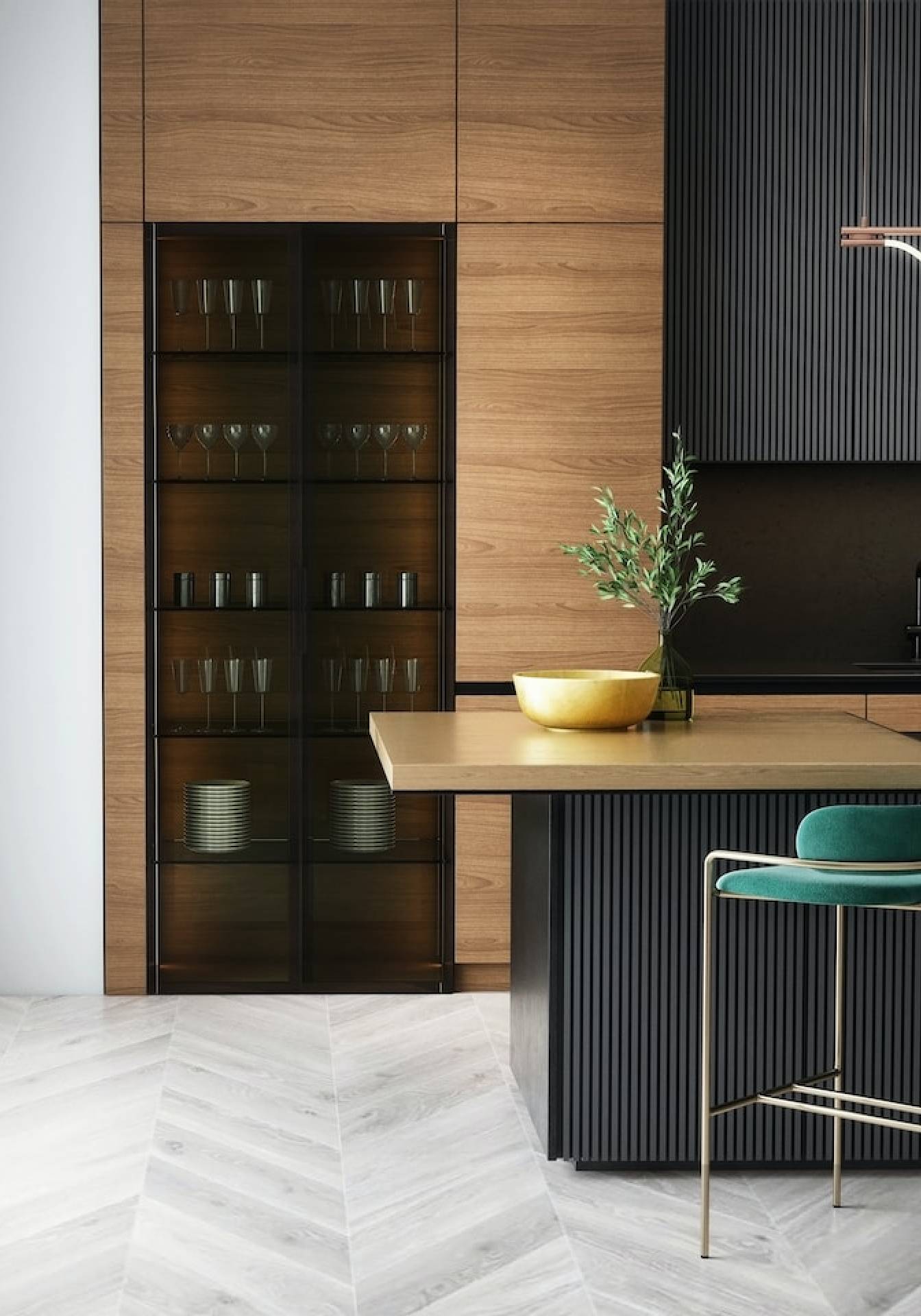Why that ‘new-home smell’ isn’t all it’s cracked up to be
If you’ve ever had renovations or moved into a new apartment, you might be familiar with the ‘new-home smell’ – and its unwelcome side effects. While the initial experience of nausea, headaches, eye irritation or dizziness is bad enough, the toxic mix of chemicals that’s producing the smell and making you feel unwell can also exacerbate or even cause long-term health issues.
That ‘new-home smell’ is an often-toxic combination of volatile organic chemicals (VOCs) that are emitted during construction and renovations, and they’re particularly harmful for people with respiratory issues, asthma, allergies and eczema, as well as small children and the elderly.
These are some ways, general and specific, that you can reduce the toxicity levels of your home during renovations.
General rules
Always store solvents and paints in airtight containers away from sunlight.
If possible, do not place any soft or fibrous materials (such as pillows, blankets and soft toys) in the work site. Soft materials will absorb VOCs in the air then de-gas later on. Use dustsheets and coverings to protect your furniture.
Seal any ducts to prevent dust entering them, then vacuum grills, ducts and diffusers once work is complete.
Use low-VOC or water-based products where possible, and specify these products to your contractors.
Ensure that you thoroughly air out a newly decorated room before using it. Open all doors, windows, drawers and cupboards to allow fresh air in, and use a fan to circulate the air in the space.
Paints
Choose a low-VOC or water-based paint over a solvent-based paint. Not only do water-based paints normally have fewer VOCs, they do not require an organic cleaning solvent.
Paints with a less glossy finish have a lower VOC content.
Use high-quality paint and choose colours with versatility in mind, so that you don’t need to change the colour of the painted surface down the line.
Make sure your primer and top coat are compatible with the paint you have chosen.
Adhesives
Common adhesives used for gluing down carpet and other flooring surfaces (such as cork and tile) and sealants (used for weatherproofing floors, decking, etc.) usually contain petroleum and a high level of VOCs.
Choose designs that don’t require adhesives, such as carpet tiles, or use nail strips instead of gluing carpet.
Consider refinishing a floor rather than replacing it.










